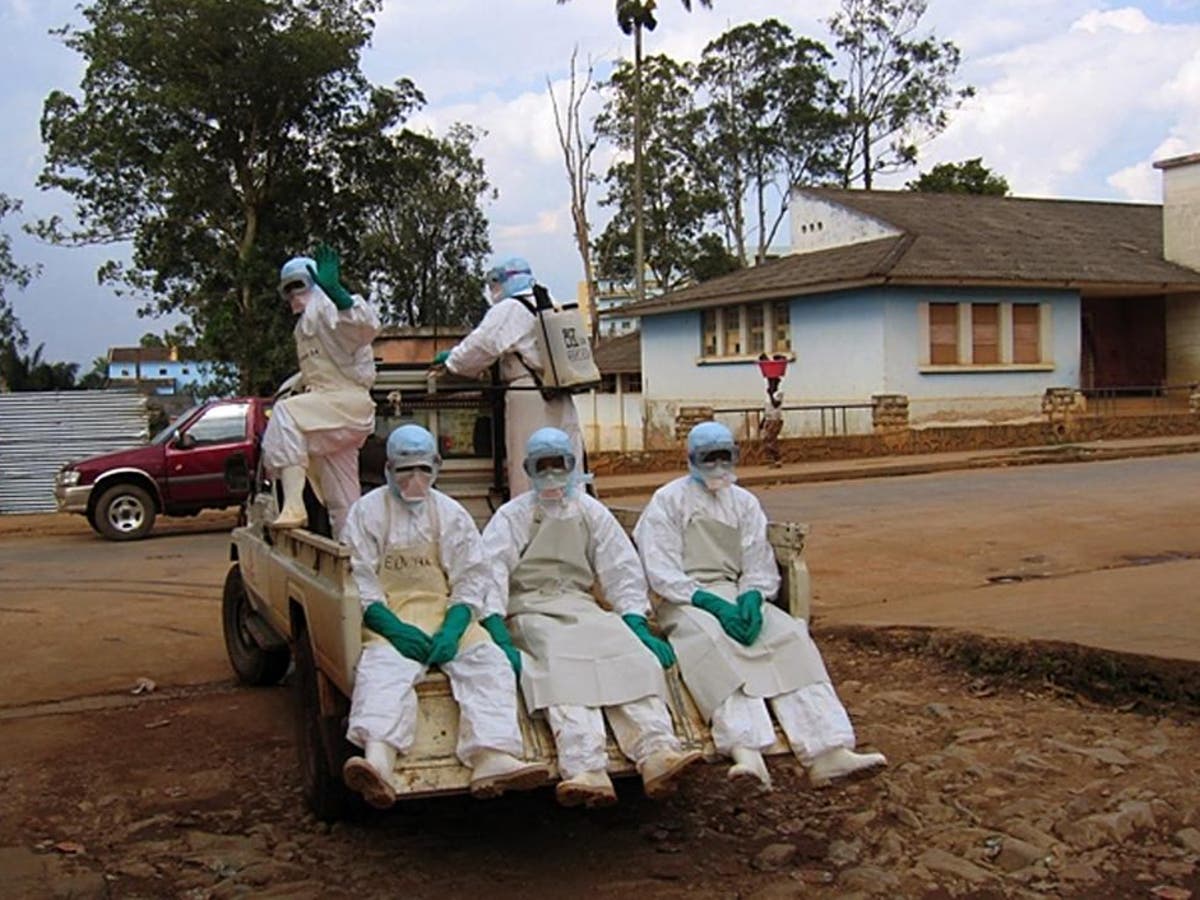Public health officials around the world are monitoring the spread of a deadly virus ominously known as “bleeding eye disease.” But what exactly is it?
At least 66 people have been infected and 15 people have died due to an outbreak of Marburg virus disease (MVD) in Rwanda as of November 29, according to an update from the Ministry of Health.
MVD, which is often fatal and related to the much better known Ebola virus, is also known as ‘bleeding eye disease’ because it damages people’s blood vessels, causing them to bleed from various orifices, including their eyes.
In October, the WHO warned against all travel to Rwanda, while the UK National Public Health Service warned travelers visiting Rwanda to avoid a host of activities, such as participating in funeral rituals or coming into contact with wild animals.
The outbreak now appears to have slowed: as of November 29, there have been 28 days without new cases and 22 days since the last patient was discharged from hospital, although Rwandan officials say there is a long incubation period.
However, the disease is just one of several viruses that have raised concerns among global health experts in recent weeks, with further cases of monkeypox (often abbreviated to ‘Mpox’) identified in Britain and California.

Ebola’s nasty twin
The Marburg virus was first described by scientists in 1967 after an outbreak in the German cities of Marburg and Frankfurt, and the then Yugoslav capital Belgrade.
It is part of a family of microorganisms known as filoviruses, which also includes the deadly Ebola. According to the British government website Travel Health Pro, the two are “clinically almost indistinguishable”.
MVD is generally thought to be spread to humans via fruit bats and can quietly incubate in a person’s body for up to 21 days without symptoms (the average is five to nine days).
After up to five days of fever, patients began to experience damage to their blood vessels, which can cause internal bleeding, psychological symptoms such as confusion and aggression, and persistent bleeding from the nose, gums, vagina, eyes, mouth, or ears.
Without treatment, the disease is usually fatal, with an estimated mortality rate of about 62 percent. Partly for this reason, the WHO has classified MVD as a disease with a high pandemic potential.
While there is no known specific antiviral therapy that is effective, research is underway into a potential vaccine, which has been administered to more than 1,500 health workers in Rwanda as part of a clinical trial.


